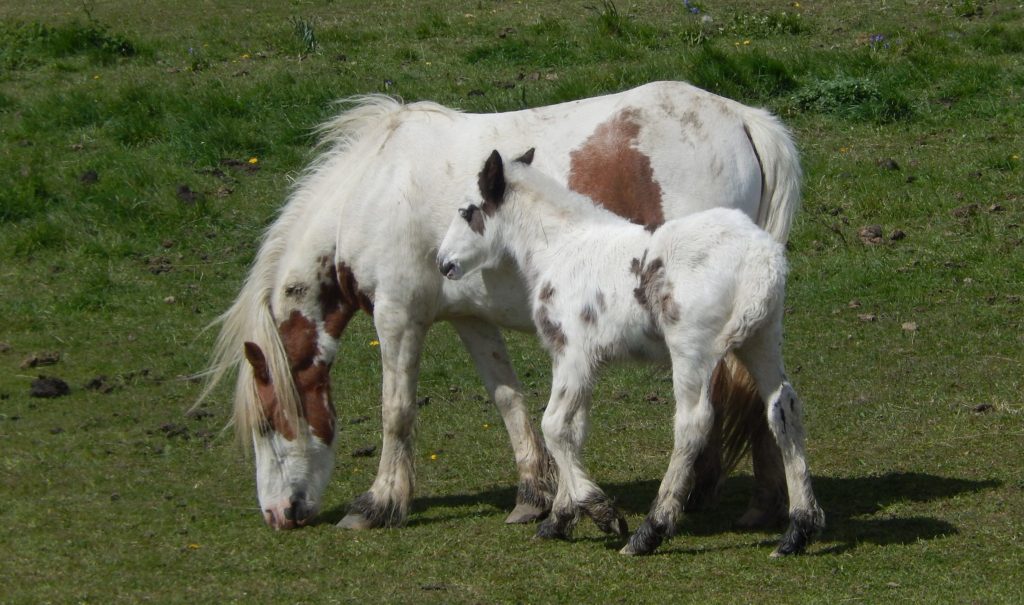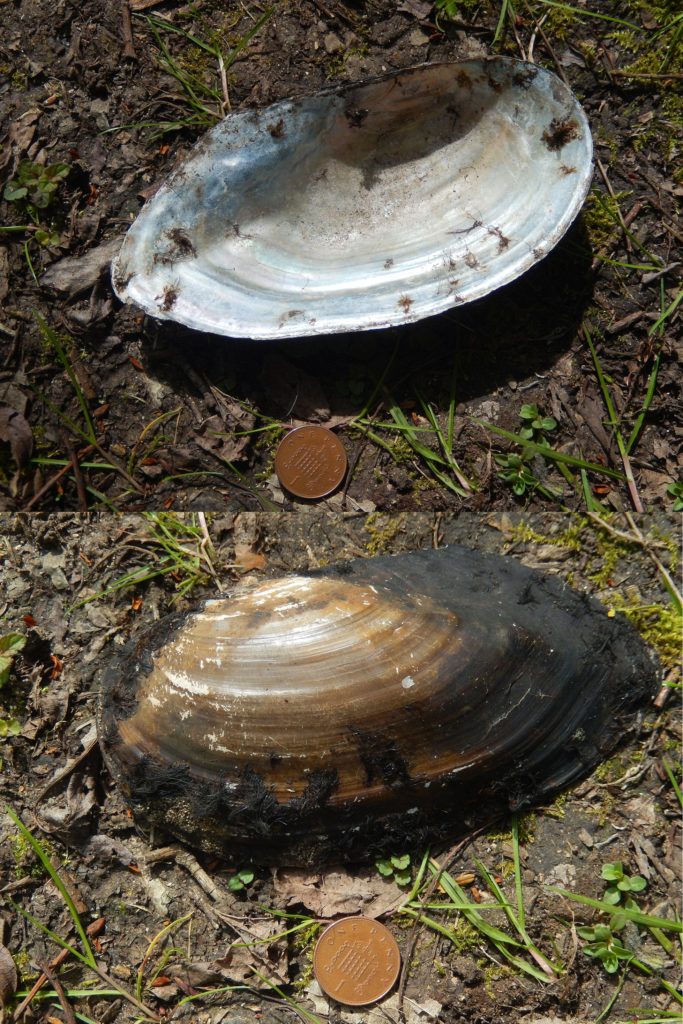
OK, it’s official, spring has arrived. It may be freezing in the North wind, snow may be forecast, but … this year’s foals look lovely, relaxing with their mothers in the sunshine.
Overhead, the first three Swifts of the year wheeled against the blue sky; a couple of Buzzards drifted past, one mobbed by a pair of Carrion Crows; a Kestrel hovered, moved on, hovered again.
Down below, Wraysbury’s Lakes are empty of ducks, the winter visitors long returned up to the far North. The bushes, however, are rapidly filling up with warblers. Chiffchaffs, Blackcaps, and for the first time this year, masses of Whitethroats (there must have been at least a dozen, wheezing out their scratchy little songs) displayed atop still bare thorn-bushes, one male even venturing a little song flight. Several Sedge Warblers chirruped, whistled and churred their complicated but not very harmonious song — avant-garde jazz with Ute Lemper, perhaps — and to my great pleasure a Garden Warbler gave out its marvellously rich, full, even, sustained warble from a dense Hawthorn. So it was a five warbler walk.
The prettiest bird of the day, however, was a male Linnet. After months of being drab and scruffy, he was in full breeding plumage, his head gray, his back brown, his tail crisply forked, and the band across his breast redder than a Robin’s orange, really startlingly red. Most of the time I think Lars Svensson’s marvellously detailed Collins Bird Guide is exaggerating in those too-beautiful colour plates by Killian Mullarney and Dan Zetterström — but its painting of a breeding male Linnet is exactly true. Red. So there.

While off the beaten track listening to the warblers, I found this 13cm long Freshwater Clam shell. It was considerably thinner than a marine clam, and handsomely greenish-brown. I had no idea there were such large ones here right by London. It looks very much like the Swan Mussel, Anodonta cygnea, given its size, and indicates that the water “is in tip top condition”. The Natural History Museum has seen a specimen 19cm long.
